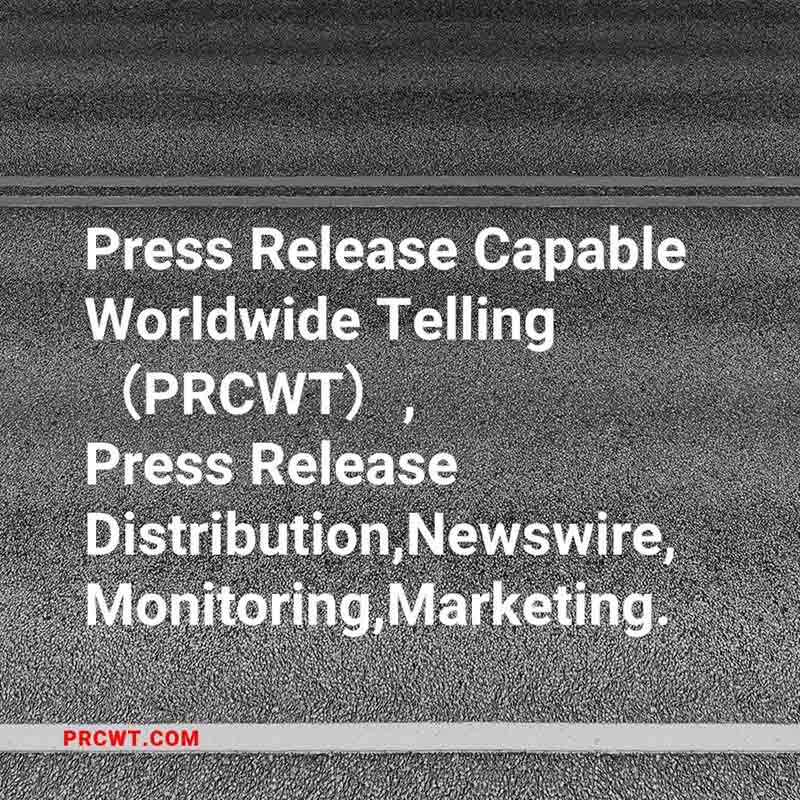Media monitoring is a crucial aspect of the modern communication landscape. It involves the systematic tracking and analysis of various media sources to gather information and insights. In today's digital age, where information spreads rapidly and exponentially, media monitoring has become an essential tool for businesses, organizations, and individuals alike.
With the increasing importance of online media and social platforms, the scope and complexity of media monitoring have expanded significantly. It now encompasses not only traditional forms of media such as newspapers, television, and radio but also blogs, social media posts, videos, and podcasts. This wide range of sources provides a rich and diverse dataset that can be mined for valuable information.

One of the key benefits of media monitoring is its ability to provide real-time visibility into what is being said about a particular brand, product, or issue. By continuously monitoring the media landscape, businesses can stay on top of emerging trends, detect potential threats, and identify opportunities for growth. For example, if a company's brand is mentioned negatively in the media, it can take immediate action to address the issue and manage the reputation.
Another important aspect of media monitoring is sentiment analysis. This technique involves determining the emotional tone of the media coverage, whether it is positive, negative, or neutral. By understanding the sentiment associated with a particular topic, businesses can better assess the impact of their actions and develop strategies accordingly. For instance, if a product launch receives mostly positive reviews, it can indicate that the marketing efforts are on the right track.
In addition to brand monitoring, media monitoring is also used for issues management and crisis communication. When a company faces a crisis or a significant event, it is crucial to have a comprehensive understanding of how the media is covering the situation. By monitoring the media in real-time, businesses can respond quickly and effectively, providing accurate information and managing the narrative. This helps to minimize the potential damage to the brand and reputation.
To conduct effective media monitoring, businesses need to use advanced tools and technologies. These tools can help to automate the process, filter out irrelevant information, and provide detailed analytics and reports. Some of the popular media monitoring tools available in the market include Brandwatch, Meltwater, and Hootsuite. These tools offer a wide range of features and capabilities, making it easier for businesses to manage their media monitoring efforts.
In conclusion, media monitoring is a powerful tool that can provide businesses with valuable insights and intelligence. By continuously monitoring the media landscape and analyzing the data, businesses can make informed decisions, manage their reputation, and stay ahead of the competition. In today's digital age, where information is king, media monitoring is essential for success.